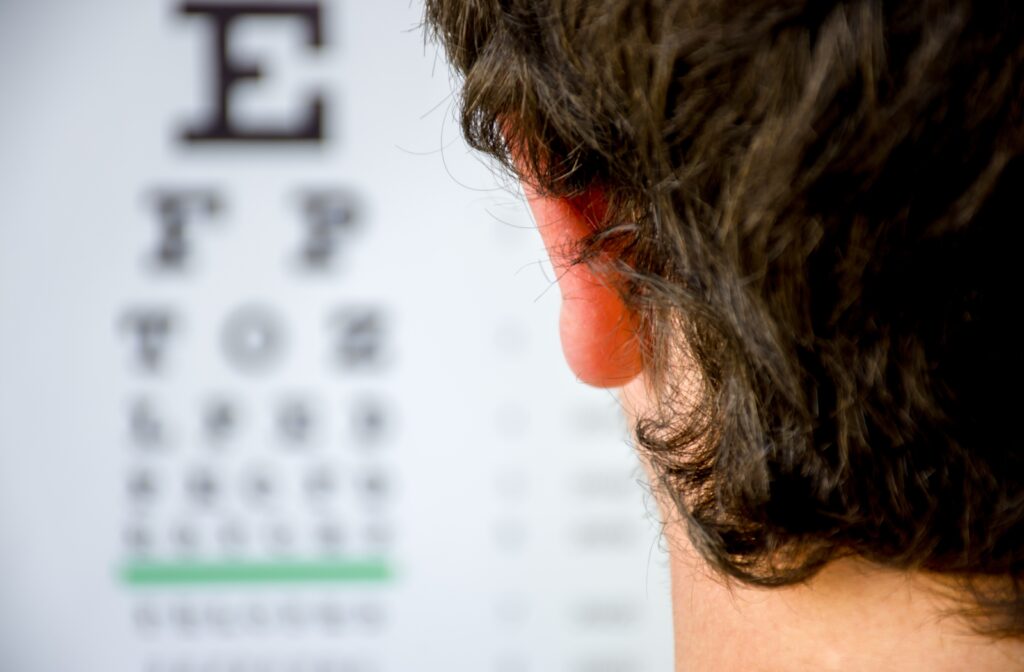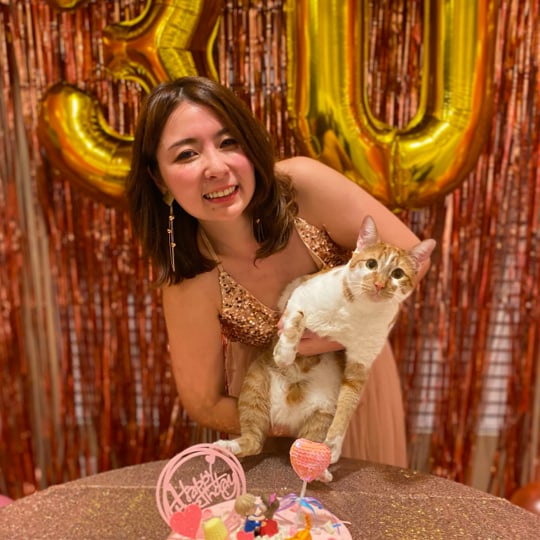Vision Changes with Age
Change is a natural part of aging. Most changes associated with aging are positive. We learn how to set goals and maintain our health. Although many people set goals for their physical health, we sometimes forget to include our vision.
Vision and eye health also change as we age. Some vision changes are not preventable, but many can be managed or improved. One example of a treatable vision problem is myopia.
Nearly 10 million American adults have severe myopia (nearsightedness). It’s a dramatic increase. By comparison, 25% of Americans had myopia in the 1970s, rising to over 40% by the early 2000s.
The US increase is only one piece of the global picture, as 50% of the world’s population will have myopia by 2050. Myopia is one of the most common vision problems worldwide, but myopia control offers treatment and management options.
Myopia is undoubtedly a growing problem, but is it a problem that grows as we age?
Reviewing Myopia
Myopia or nearsightedness is a type of refractive error. The error is caused by an eyeball shape too long or a steeply curved cornea. The atypical shape causes light to reflect incorrectly, focusing in front of the retina instead of directly on it. As a result, people with myopia experience blurry distance vision, but it doesn’t affect close vision.
Typically, myopia is diagnosed between ages 6–14, often worsening with age. Myopia can progress, increasing symptoms and vision difficulties. However, it commonly stabilizes or slows progression when individuals reach their early 20s.
Although there’s still some debate about what causes myopia, there are apparent risk factors. One example is the genetic component, as children are more likely to develop myopia if one of their parents did.
Another strong indicator of developing myopia is excessive or intense near-vision activities. For example, suppose you spend most of your time working on a computer, reading, drawing, writing, or doing similar activities. In that case, you’re more likely to develop myopia.
It’s common for university students to experience worsening distance vision because of their hours of near-vision work and studying. Students may experience worsening symptoms each year spent studying.
One study found more than 50% of adults who graduated college or university have myopia. Meanwhile, myopia affected a third of high school graduates, but only a quarter of students who didn’t reach high school.
The link between education and myopia isn’t a new discovery. However, studies are now more focused on the prevalence of computer use causing vision problems in college students.
Low vs. High Myopia
As with any physical condition, individuals don’t experience symptoms equally. Instead, it’s more like a sliding scale. For people with myopia, the scale uses low or high myopia.
People with low myopia experience minor vision problems. They may not need corrective lenses to manage symptoms. They may notice a distant sign is a little hazy but can still read the writing.
On the opposite side of the scale, high myopia always requires corrective options. High myopia also increases risk factors for vision problems, including cataracts, glaucoma, retinal detachment, and degenerative myopia.
Degenerative Myopia
Progressive myopia or degenerative myopia can develop at any time, and it can get worse with age. The condition is also known as:
- Pathological myopia
- Myopic macular degeneration
- Myopic maculopathy
People with degenerative myopia can develop symptoms at any age, but it most commonly affects adults in their late 30s and 40s. The progression can begin from infancy and develop rapidly. Patients with the condition are at a higher risk of vision loss, headaches, light sensitivity, floaters, and cataracts.
Degenerative myopia also increases the risk of developing other eye conditions. Myopia worsens with eye growth, changing the position of light refraction and sometimes stretching some tissues too thin. As a result, the thinning layers at the back of your eye and retina deteriorate, leading to age-related macular degeneration (AMD) or retinal disorders.

Myopia vs. Presbyopia
Adults commonly begin to notice changes in their sight between 41–60 years of age. One of those common changes is presbyopia.
Presbyopia is another refractive error, but it doesn’t affect children. The eye condition occurs when the crystalline lens (or eye lens) changes shape due to aging. It causes difficulty with near-vision.
It can sometimes complicate other vision problems, including myopia, as it can occur alongside other eye conditions. Although vision changes will continue with time, presbyopia treatment is available to improve visual comfort.
It can be challenging for people who experience myopia and presbyopia to manage both conditions. However, optometrists can discuss management options to make your eye care easier and your vision sharper.
Myopia Control
Myopia control is most effective in children, but treatment options are available for all ages. Management options vary, from prescription lenses to surgery. Your optometrist can discuss what options are the best fit for you after assessing your eye health and vision.
Some options for myopia control include:
- Eyeglasses
- Contact lenses
- MiSight 1 day
- Low-dose atropine drops
- Orthokeratology (ortho-k)
- Intraocular lens implants
- Phakic lenses
Myopia Management at Any Age
Aging may change your vision, but you don’t need to settle for worsening myopia. At Eye Lab, we can discuss options for improving the quality and comfort of your vision. Your eye care is an essential part of your health, and we’re here to support your vision goals.Book an appointment today!





